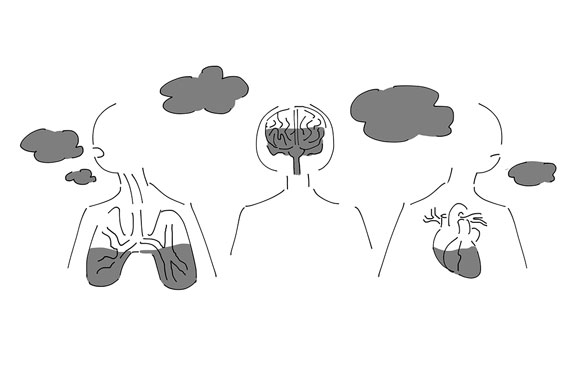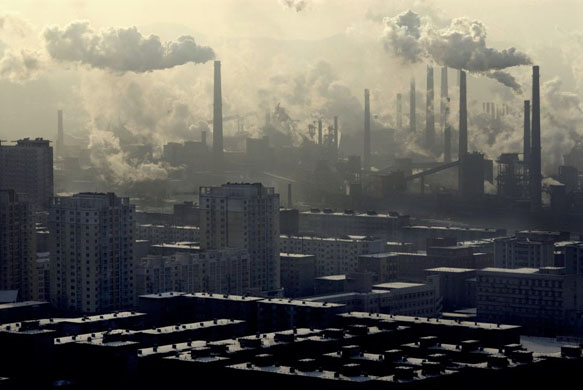Buildings are responsible for a significant portion of global CO2 emissions and energy consumption. According to the International Energy Agency (IEA), the building sector accounts for around 40% of the world’s energy consumption and nearly one-third of global CO2 emissions. This is primarily due to the use of fossil fuels for heating, cooling, and powering the electrical systems in buildings. Additionally, buildings that are not energy efficient or are not designed to maximize the use of natural light can also contribute to increased energy consumption.
The use of fossil fuels in buildings is a major contributor to CO2 emissions. Heating and cooling systems, as well as electricity generation, are the primary sources of energy consumption in buildings. In many countries, these systems are powered by non-renewable fossil fuels such as coal, oil, and natural gas. As these fuels are burned, they release carbon dioxide and other greenhouse gases into the atmosphere, contributing to global warming and climate change.
Another problem with buildings is the lack of energy efficiency. Many buildings are not designed or constructed to optimize energy efficiency, resulting in increased energy consumption. This can include poor insulation, inefficient heating and cooling systems, and a lack of natural light. Additionally, older buildings may not have been built to modern energy efficiency standards, which can also contribute to increased energy consumption.
The lack of sustainable design and construction practices is also a major contributor to the problem of CO2 emissions and energy consumption in buildings. Buildings that are not designed to take advantage of natural light and utilize renewable energy sources, such as solar or wind power, can be less energy efficient and produce more CO2 emissions. Furthermore, the construction industry has a significant impact on the environment, including deforestation, soil erosion, and air and water pollution, due to the significant amounts of materials and energy used during construction.
To address this problem, there are several solutions that can be implemented. One solution is to increase the energy efficiency of existing buildings through retrofits. This can include replacing old, inefficient heating and cooling systems with more efficient ones, improving insulation, and installing energy-efficient lighting. Additionally, designing new buildings to be highly energy efficient, with a focus on natural light, energy-efficient systems, and sustainable materials, can also help to reduce energy consumption and CO2 emissions.
Another solution is to use renewable energy sources for building operations. This can include installing solar panels or wind turbines to generate electricity, using geothermal systems for heating and cooling, and incorporating green roofs or walls to reduce the energy needed to regulate the internal temperature of the building. Furthermore, using local and sustainable materials, like wood, can reduce the CO2 emissions generated during the transportation of the building materials.
Finally, promoting sustainable design and construction practices can also be an effective solution to the problem of CO2 emissions and energy consumption in buildings. This can include educating architects, builders, and developers on sustainable design principles, encouraging the use of sustainable materials, and implementing regulations and incentives to promote energy efficiency and the use of renewable energy sources in buildings.
In conclusion, the problem of CO2 emissions and energy consumption in buildings is significant and requires a multifaceted approach to address. By increasing the energy efficiency of existing buildings, designing new buildings to be highly energy efficient, using renewable energy sources for building operations, and promoting sustainable design and construction practices, we can reduce energy consumption and CO2 emissions from the building sector and help mitigate the impacts of climate change.








